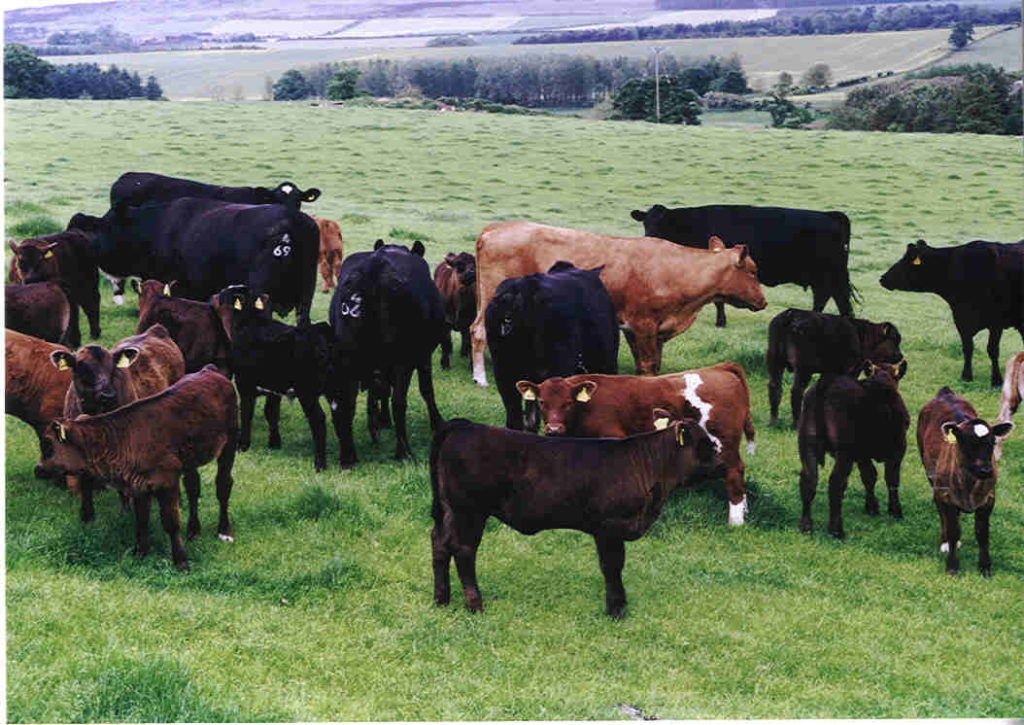Magnesium For Autumn Calving Herds
10 July 2020When we think about magnesium deficiency, we automatically think about grass staggers. Many suckler herds do not experience problems with staggers in the spring and it tends to be in the autumn that staggers is more common, due to changeable and stormy weather conditions and a high passage rate of lush, wet grass through the digestive tract. For autumn calving cows, the risk of staggers is lower pre-calving compared to lactating cows at this time as they have a lower requirement for magnesium. However low magnesium pre-calving can cause metabolic issues around calving time such as subclinical milk fever or slow calving syndrome.
A recent Scottish Government funded project involving 12 spring calving herds this year showed that over one third of cows’ blood sampled one month before calving, had low magnesium levels. A larger scale study by the University of Edinburgh blood tested 988 spring calving suckler cows across 80 farms and showed 29% of cows had low blood magnesium in the last month of pregnancy.
Magnesium has an important role in mobilising calcium from bones and increasing calcium absorption from the gut. Calcium is important for smooth muscle function and muscle contractions during the birthing process and for this reason, low magnesium intakes can result in poor muscle tone, slow calvings and more retained cleansings. If blood calcium levels are low (and/or magnesium supplementation is insufficient) uterine contractions are less pronounced, which can prolong the first stage of labour. A calf born from a slow calving may also be weak, with poor vigour, meaning that it may take longer to stand and get sufficient colostrum in a timely manner to maximise immunity.
Cow condition is also be a contributing factor to slow calvings. Over–conditioned cows (>BCS 3.5) have lower appetites both pre and post calving than leaner cows, meaning that they also have a lower magnesium intake.
Recommendations
Recommended intakes are 20-25g of magnesium in the overall ration. However, if potassium levels in grass/forage are high (2-3%), then 30-40g of magnesium intake should be the target from the total diet.
As a guide a cow eating 10kg of dry matter of grass would get around 16g of magnesium from the grass. If straw made up half the ration, then only 11g of magnesium would be supplied from the ration.
- 100g of a 10% magnesium mineral supplies 10g of magnesium
- 150g of a 10% magnesium mineral supplies 15g of magnesium
- 100g of a 15% magnesium mineral supplies 15g of magnesium
- 100g of a 25% magnesium mineral supplies 25g of magnesium
Introducing your normal magnesium mineral supplement 3 weeks prior to calving rather than starting after calving will help meet requirements.
Karen Stewart, karen.stewart@sac.co.uk
For further information read our Mineral Supplementation of Beef Cattle fact sheet.
Sign up to the FAS newsletter
Receive updates on news, events and publications from Scotland’s Farm Advisory Service

